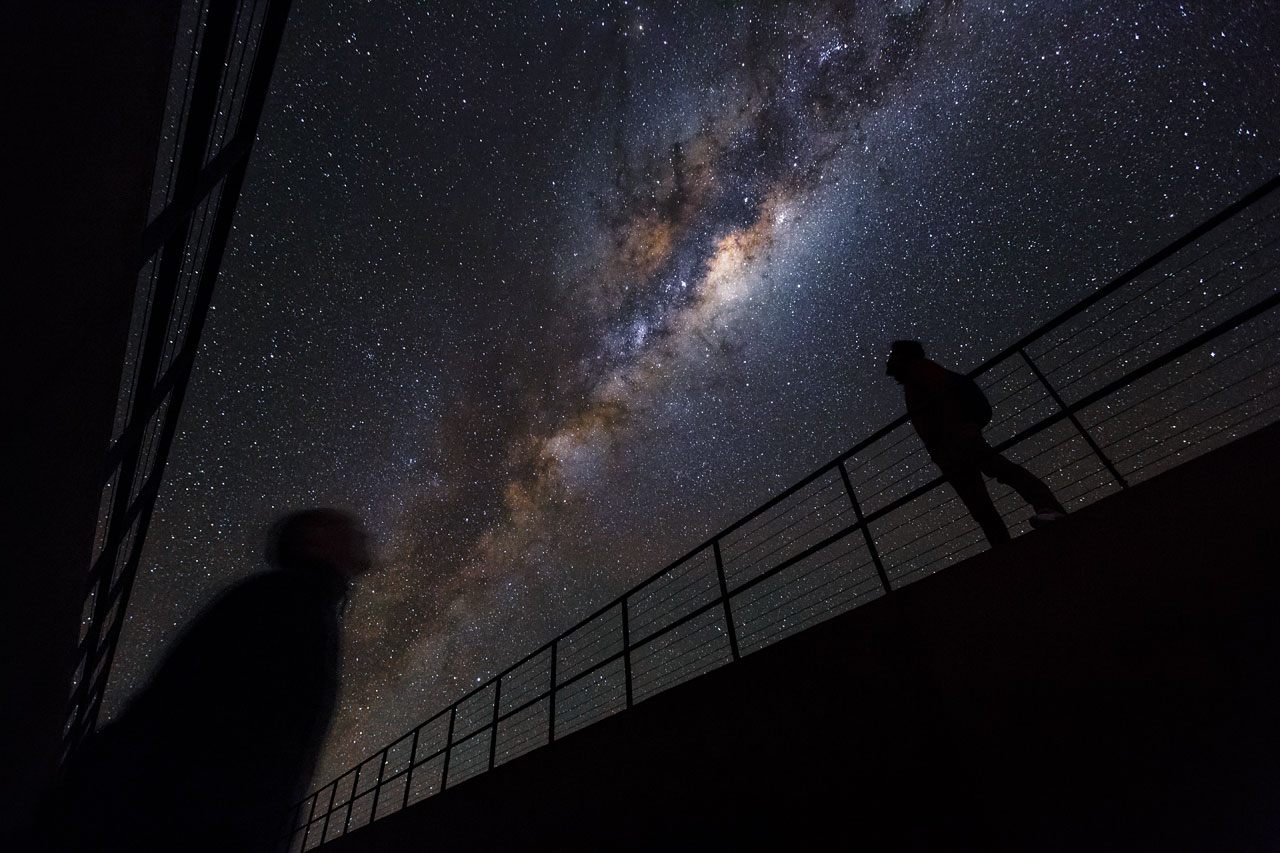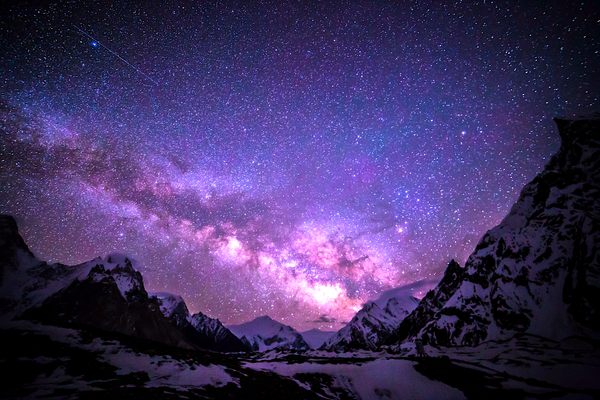Found: First Evidence of Planets Outside the Milky Way
3.8 billion light-years is really, really far away.

It is not uncommon these days to hear about the discovery of new and perhaps mesmerizing planets orbiting some distant star. But so far all of those planets have been in our general celestial neighborhood, within our galaxy, the Milky Way.
Now, astrophysicists from the University of Oklahoma have reported, for the first time, evidence of much more distant planets—wandering through an elliptical galaxy some 3.8 billion light-years away. “We are very excited about this discovery. This is the first time anyone has discovered planets outside our galaxy,” said Xinyu Dai, of the University of Oklahoma, in a statement.
Exoplanets, even those within the Milky Way, can’t be observed directly—their existence is implied from other observations. Dai and Eduardo Guerras, a postdoctoral researcher, inferred the presence of these extragalactic planets from gravitational microlensing, a phenomenon that can magnify distant objects due to how gravity of a closer, massive object bends light.

Dai and Guerras studied data gathered by NASA’s Chandra X-ray Observatory, specifically the light of a faint quasar bent and magnified by a supermassive black hole. From their data, they believe they have found evidence of at least 2,000 planets, ranging in size from the mass of the Moon to the mass of Jupiter, that are not orbiting specific stars but instead moving through the galaxy or loosely orbiting between stars. “Because the background source is so small, the microlensing effect from the planets is important,” Dai says. “And that is how we revealed their presence.” The results of their study were published in the journal The Astrophysical Journal Letters.
“This galaxy is located 3.8 billion light-years away, and there is not the slightest chance of observing these planets directly, not even with the best telescope one can imagine in a science fiction scenario,” Dai said in his statement. “However, we are able to study them, unveil their presence and even have an idea of their masses. This is very cool science.”









Follow us on Twitter to get the latest on the world's hidden wonders.
Like us on Facebook to get the latest on the world's hidden wonders.
Follow us on Twitter Like us on Facebook